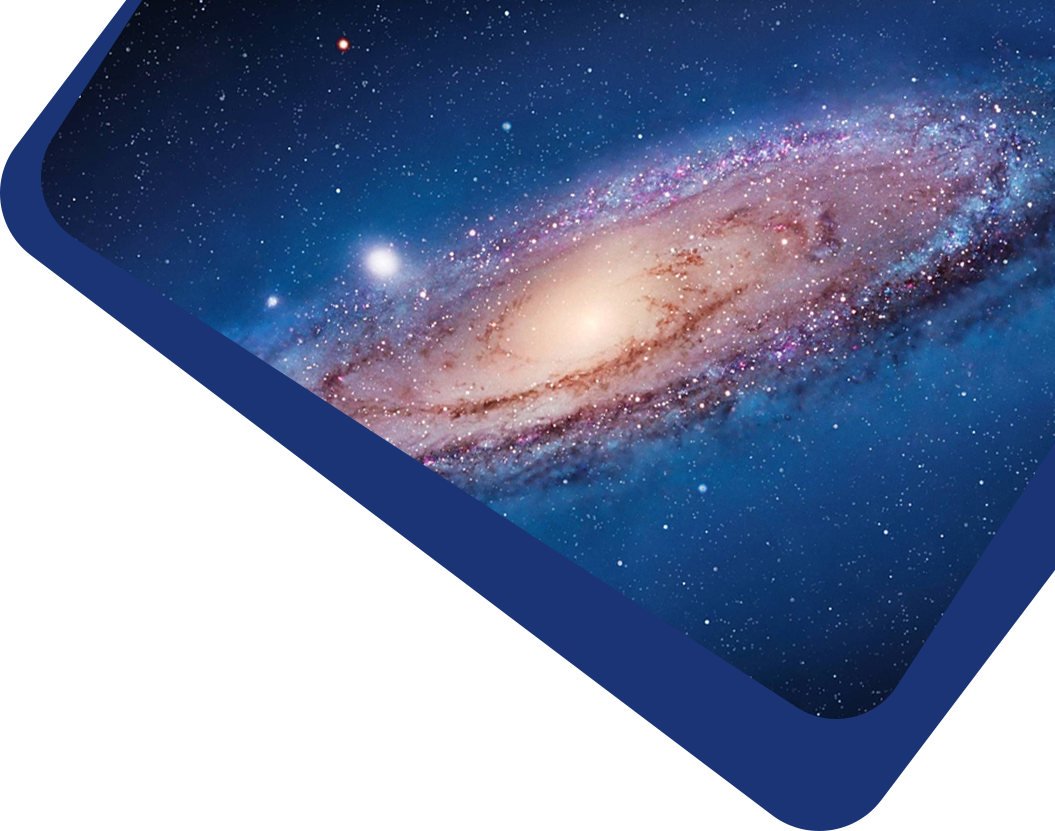AI-enhanced approaches are becoming common in astronomical data analysis, including in the galaxy morphological classification. In this study we develop an approach that enhances galaxy classification by incorporating an image denoising pre-processing step, utilizing the U-Net Variational Autoencoder (VAE) architecture and effectively mitigating noise in galaxy images and leading to improved classification performance. Our methodology involves training U-Net VAEs on the Extracted Features of Galaxies Images data set. To simulate realistic observational conditions, we introduce artifacts such as projected stars, satellite trails, and diffraction patterns into clean galaxy images. The denoised images generated are evaluated using Peak Signal-to-Noise Ratio and Structural Similarity Index, to quantify the quality improvements. We utilize the denoised images for galaxy classification tasks using models such as DenseNet-201, ResNet50, VGG16 and GCNN. Simulations do reveal that the models trained on denoised images consistently outperform those trained on noisy images, thus demonstrating the efficiency of the used denoising procedure. The developed approach can be used for other astronomical data sets, via refining the VAE architecture and integrating additional pre-processing strategies, e.g., in revealing of gravitational lenses or cosmic web structures.



